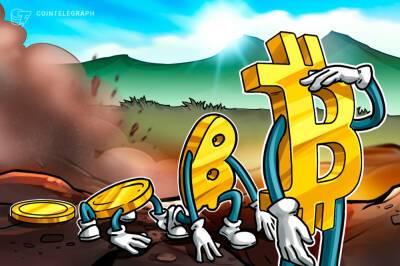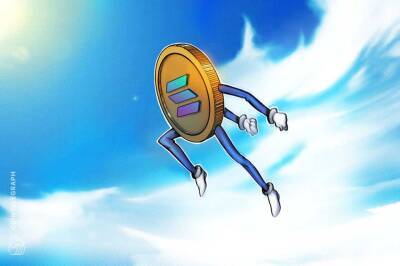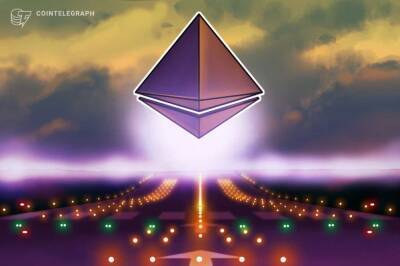Solana TVL and price drop 50%+ from ATH, but gaming DApps could turn the tables
2022 has not been a good start for cryptocurrencies and to date, the total market capitalization has dropped by 21% to $1.77 trillion. Solana's (SOL) correction has been even more brutal, presenting a 48.5% correction year-to-date.
Solana leads the staking charts with $35 billion in value locked, which is equivalent to 74% of the SOL tokens in circulation. Multiple reasons can be identified for the underperformance, including four network outages in late 2021 and early 2022.
The latest incident on Jan. 7 was attributed to a distributed denial-of-service (DDoS) attack, causing Solana Lab developers to update the code and consequently reject these types of requests.
However, investors are more concerned about the centralization caused by the costs of being a Solana validator. To achieve 400 millisecond block times, the recommended hardware includes a 12 core 2.8GHz CPU, 256 GB memory, high-speed 1 TB SSD drives and a low-latency internet connection.
solana is cool for a centralized corporate state-sync machine... I just prefer real crypto and blockchain
Solana's primary decentralized application metric started to display weakness earlier in November after the network's total value locked (TVL) began to linger at $15 billion.
The chart above shows how Solana's decentralized application (DApp) deposits saw a 50% decrease in three months as the indicator reached its lowest level since Sept. 8. As a comparison, Fantom's TVL currently stands at $9.5 billion after doubling in three months. Another DApp scaling solution competitor, Terra (LUNA), saw an 87% TVL hike to $23.2 billion.
On the bright side, on Feb. 21, FTX.US, the American arm of the global crypto derivative and spot exchange FTX, announced a new blockchain gaming unit. It
Read more on cointelegraph.com










